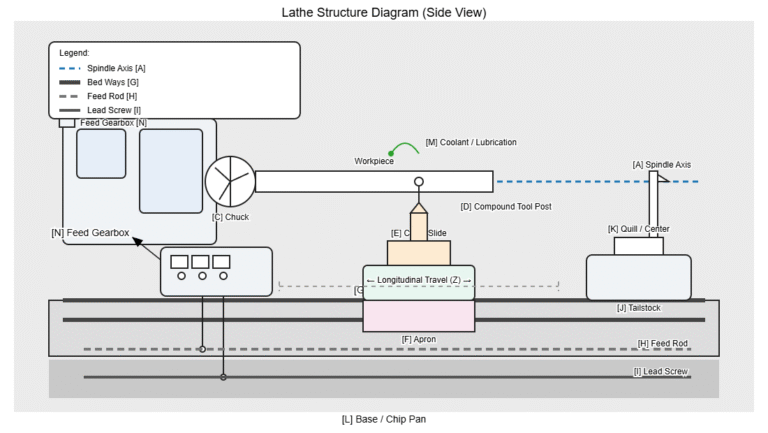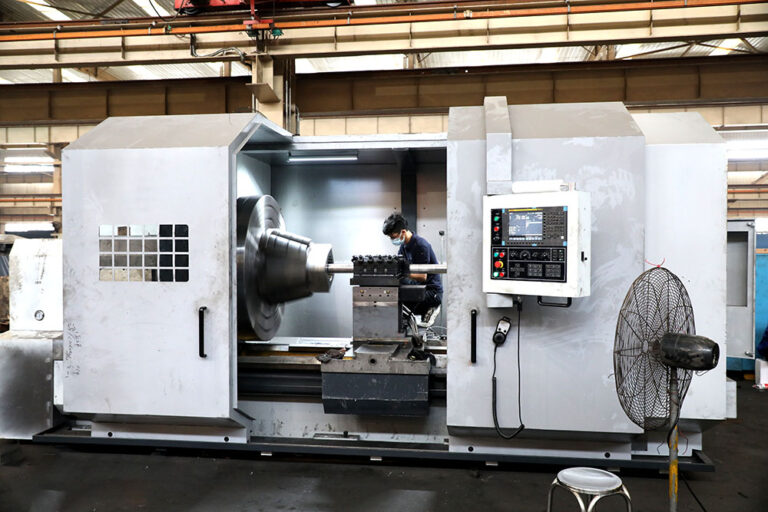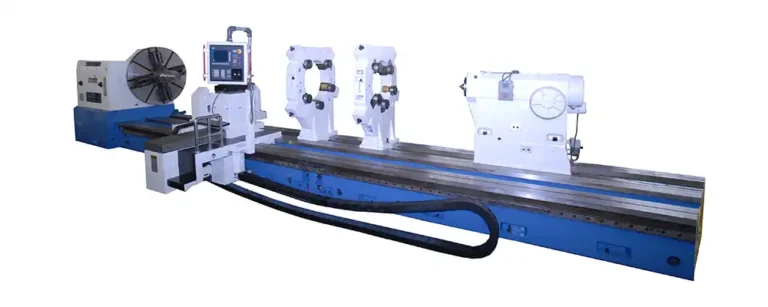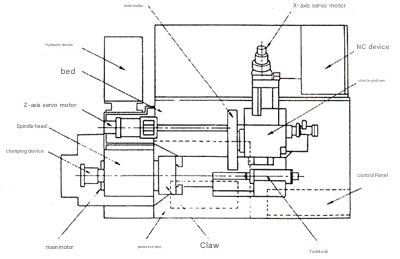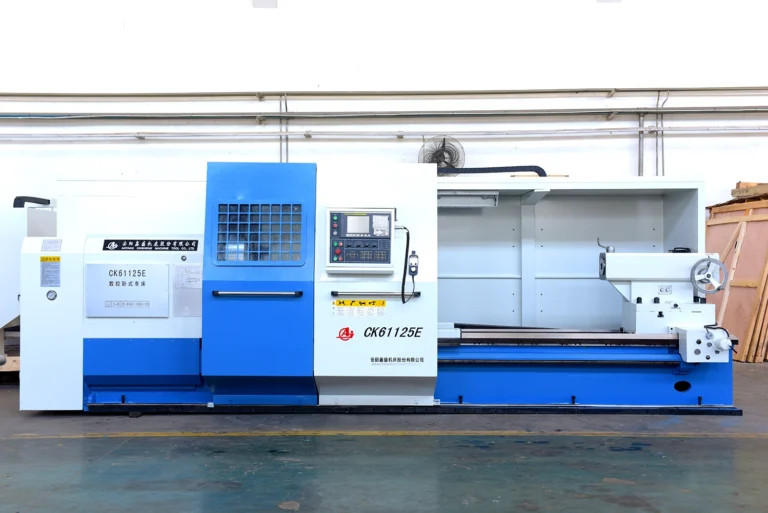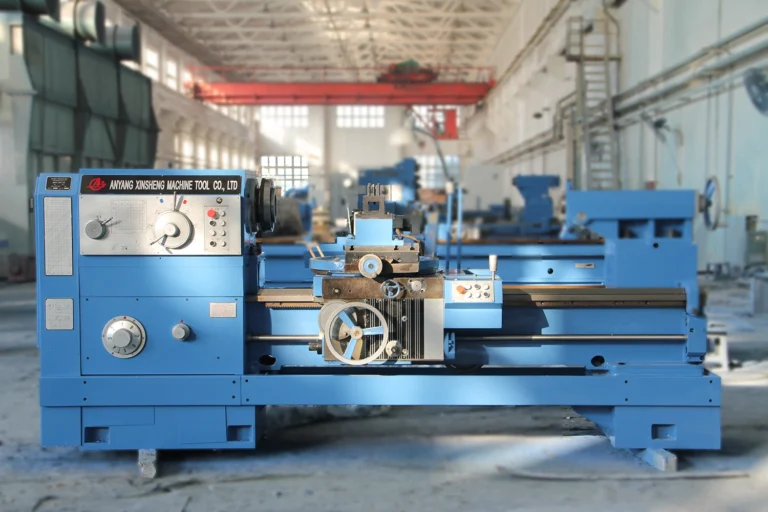How to Prevent Machine Tool Vibration When Machining Parts
Machining vibration is a common problem that affects part quality, tool life, and machine performance. To effectively avoid and control it, a comprehensive approach is necessary.
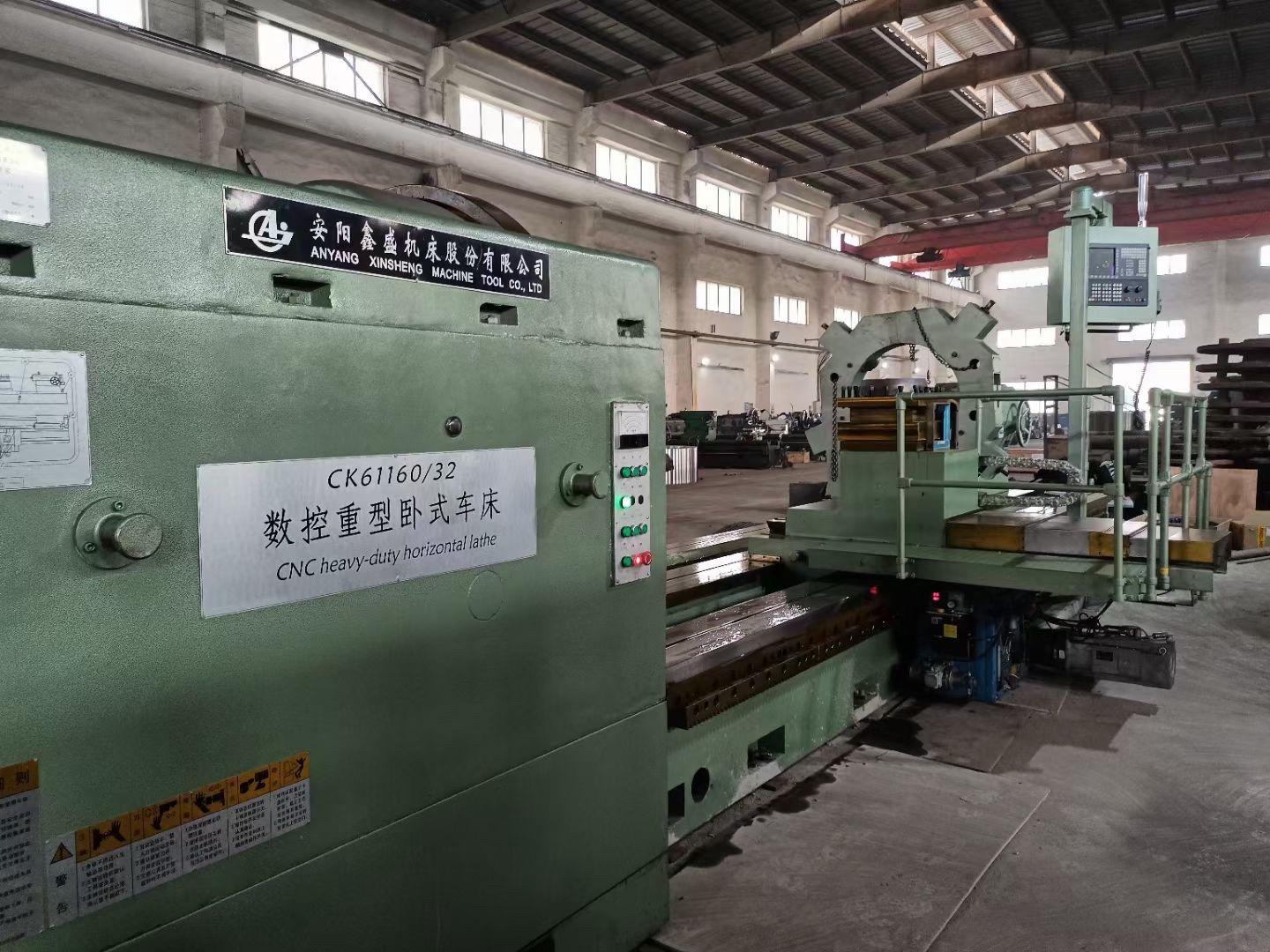
1. Increase the Rigidity of the Machine and System
Machine rigidity is key to resisting deformation and vibration. Increasing rigidity effectively suppresses vibrations caused by cutting forces.
- Bed and Column: Use high-strength cast iron or mineral cast, and optimize the structural design to increase the section modulus.
- Spindle System: Select high-precision, high-rigidity spindle bearings with proper preloading to enhance the spindle’s bending and torsional stiffness.
2. Optimize Cutting Tools and Fixtures
Tools and fixtures directly execute the cutting process, and their performance significantly impacts vibration.
- Tool Selection: Use rigid tools with short overhangs. For deep-hole machining, consider using vibration-dampening tool holders.
- Fixture Design: Employ high-rigidity fixtures with uniform clamping force to ensure the workpiece does not loosen or deform during cutting.
3. Reduce Workpiece Imbalance
Workpiece imbalance at high rotational speeds generates significant centrifugal force, causing vibration.
- Dynamic Balancing: For high-speed rotating workpieces (e.g., spindles, flywheels), perform a dynamic balancing procedure before or after machining.
- Clamping Method: Ensure the workpiece’s center of gravity coincides with the rotation center line.
4. Implement Damping Measures
- Vibration Dampers: Install damping pads or vibration isolators under the machine to decouple it from the floor, reducing the impact of external vibrations.
- Damping Materials: Fill internal machine structures with damping materials to absorb vibration energy.
5. Enhance Lubrication and Cooling
- Cutting Fluid: Choose an appropriate cutting fluid to reduce cutting force and temperature through lubrication and cooling, thus minimizing vibration.
- Lubrication System: Ensure the lubrication system for all moving components is working correctly to reduce friction-induced vibration.
6. Ensure Proper Equipment Installation and Foundation
- Foundation: The machine should be installed on a solid, level concrete foundation with sufficient load-bearing capacity and damping properties.
- Leveling and Calibration: Precise leveling during installation is essential to eliminate stress-induced deformation and ensure the machine’s geometric accuracy.
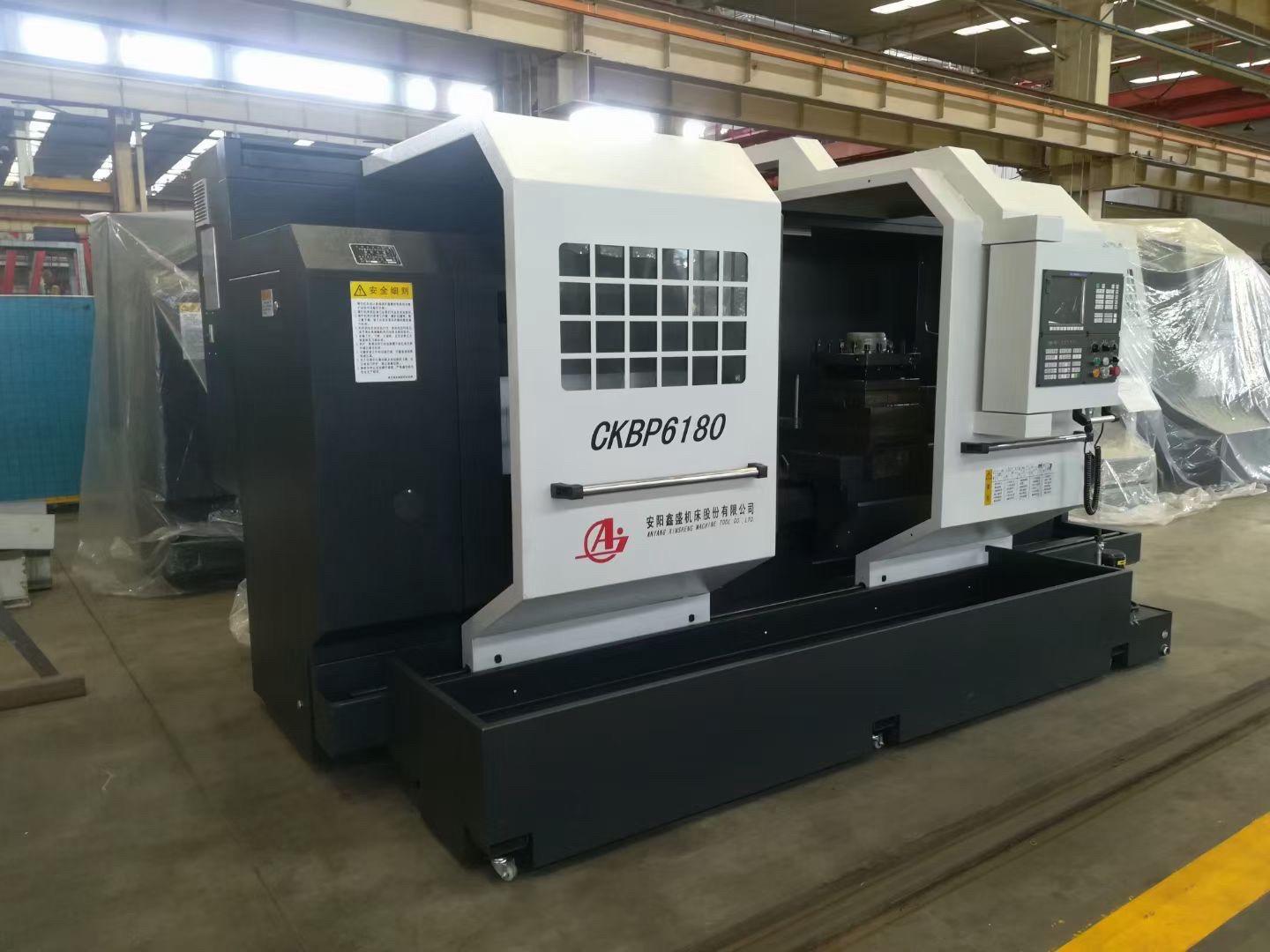
7. Optimize Equipment Structural Design
- Housings and Ribs: Design the machine’s housing shape, size, and rib distribution to improve static and dynamic rigidity.
- Connecting Surfaces: Improve the machining accuracy of connecting surfaces to increase joint rigidity and reduce vibration at these points.
8. Balance Moving Components
- Spindle and Motor: Ensure the dynamic balance of high-speed rotating components like the spindle, pulleys, and motor.
- Guideways: Regularly inspect guideways for wear to ensure smooth movement of components.
9. Optimize Machining Parameters
Machining parameters are a direct factor influencing vibration.
- Cutting Speed: Select an appropriate cutting speed to avoid resonance with the machine’s natural frequencies.
- Feed Rate and Depth of Cut: Based on the workpiece material and tool characteristics, choose the right feed rate and depth of cut to reduce fluctuations in cutting force.
10. Ensure Secure Fixture and Workpiece Clamping
- Clamping Force: Ensure the clamping force is sufficient and uniform to prevent the workpiece from loosening during machining.
- Support Points: Choose rational support points to ensure the workpiece does not deform under force.
11. Control Environmental Factors
- Temperature: Maintain a constant ambient temperature to reduce the impact of thermal deformation on machine accuracy.
- Vibration Sources: Keep the machine away from external vibration sources like large stamping or forging presses.
12. Regular Maintenance and Calibration
- Bolt Tightening: Periodically inspect and tighten all bolts on the machine.
- Gap Adjustment: Regularly adjust the gaps in guideways, the spindle, and other areas.
- Precision Calibration: Conduct regular calibration of the machine’s geometric and positioning accuracy.

